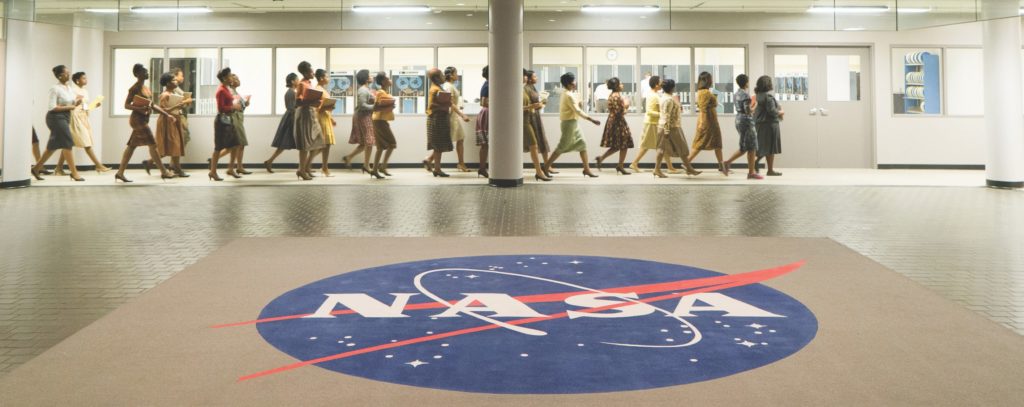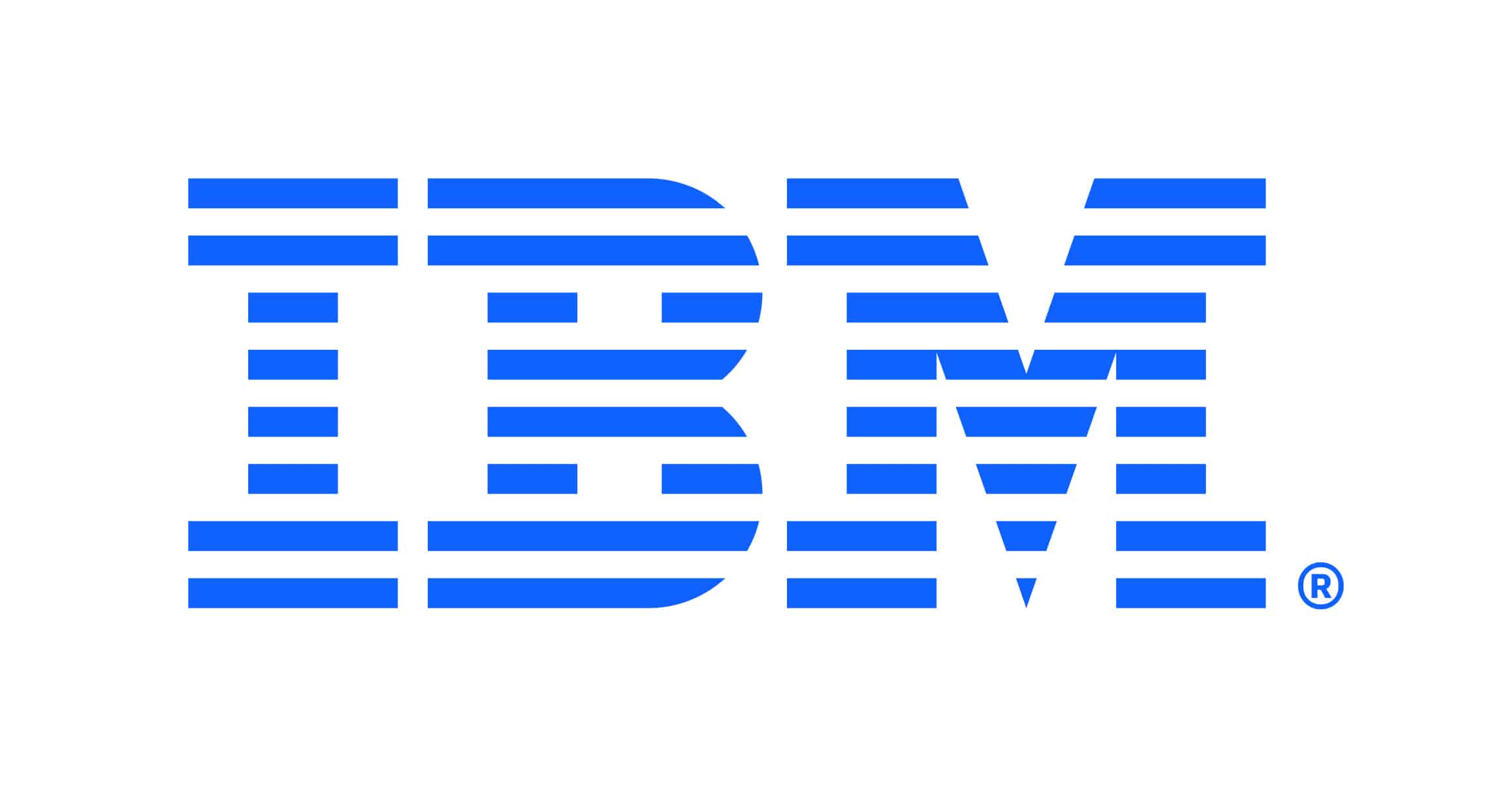Oscar Nods for Hidden Figures Are a Win for Women, Diversity and STEM


By Lindsay-Rae McIntyre, Chief Diversity Officer, IBM
Riding a number of successful weeks at the box office, Hidden Figures was up for three Oscars last week: for best picture, best supporting actress and best adapted screenplay.
Though the movie didn’t snag any golden statuettes, the nominations are a win for the film’s director, actors, producers, writers and crew —and for women, diversity and STEM.
Hidden Figures tells the true story of three African American women who were the unsung heroes of the Space Race. Working at NASA’s Langley Memorial Research Lab, Katherine Johnson, Dorothy Vaughan and Mary Jackson were responsible for calculating the orbit of the first astronaut in space. At the time, they were simply referred to as “computers.” Hidden Figures tells the story of their pushing their way through barriers and shattering stereotypes as black females in engineering, mathematics and science.
Though the film takes place in the 1960s, its significance is just as powerful today, as proven by its performance in theaters across the country. It promotes the need for diversity in STEM— according to the National Science Board, women only make up 29 percent of the science and engineering workforce and that number is even lower for women of color.
Hidden Figures inspires girls and boys of every background to defy racial and gender stereotypes and achieve any goal they want, whether it’s to become an engineer, a scientist or even an astronaut.
At IBM, we’re honored not only to have our mainframe make a guest appearance in the film, but to promote a film with such an important underlying message. We are committed to STEM and fostering a company-wide culture that accepts and celebrates diversity, acceptance and inclusion—from our commitment to LGBT equality to our tech re-entry program that helps women who have temporarily left their jobs to ease back into the workplace. We hope the film inspires a new generation of technologists who will want to create innovations as significant as reaching the moon.
Sponsored by
